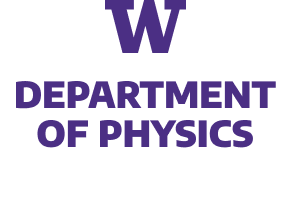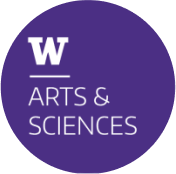This document summarizes the efforts of the EMMI Rapid Reaction Task Force on “Suppression and (re)generation of quarkonium in heavy-ion collisions at the LHC”, centered around their 2019 and 2022 meetings. It provides a review of existing experimental results and theoretical approaches, including lattice QCD calculations and semiclassical and quantum approaches for the dynamical evolution of quarkonia in the quark-gluon plasma as probed in high-energy heavy-ion collisions. The key ingredients of the transport models are itemized to facilitate comparisons of calculated quantities such as reaction rates, binding energies, and nuclear modification factors. A diagnostic assessment of the various results is attempted and coupled with an outlook for the future.
This work was supported in part by the Deutsche Forschungsgemeinschaft (DFG, German Research Foundation) through the CRC-TR 211 ’Strong-interaction matter under extreme conditions’– project number 315477589 – TRR 211; by the Xunta de Galicia (Centro singular de investigacion de Galicia accreditation 2019-2022), the European Union ERDF, the “Maria de Maeztu” Units of Excellence program under projects CEX2020-001035-M and CEX2019-000918-M, the Spanish Research State Agency under projects PID2020-119632GB-I00 and PID2019-105614GB- C21, and the European Research Council under project ERC-2018-ADG-835105 YoctoLHC; by the Generalitat de Catalunya under grant 2021-SGR-249, by U.S. Department of Energy award No. DE-SC0013470; by the U.S. Department of Energy, Office of Science, Office of Nuclear Physics through Contract No. DE-SC0012704; by the U.S. Department of Energy, Office of Science, Office of Nuclear Physics, InQubator for Quantum Simulation (IQuS) under Award Number DE-SC0020970 via the program on Quantum Horizons: QIS Research and Innovation for Nuclear Science; by the Centre national de la recherche scientifique (CNRS) and R ́egion Pays de la Loire and acknowledges the support of Narodowe Centrum Nauki under grant no. 2019/34/E/ST2/00186, by the European Union’s Horizon 2020 research and innovation program under grant agreement No 824093 (STRONG-2020), by the U.S. Department of Energy Award No. DE-SC0019095 and is grateful for the support and hospitality of the Fermilab theory group; by the U.S. National Science Foundation under grant nos. PHY-1913286 and PHY-2209335; by the U.S. Department of Energy, Office of Science, Office of Nuclear Physics through the Topical Collaboration in Nuclear Theory on Heavy-Flavor Theory (HEFTY) for QCD Matter under award no. DE-SC0023547.


